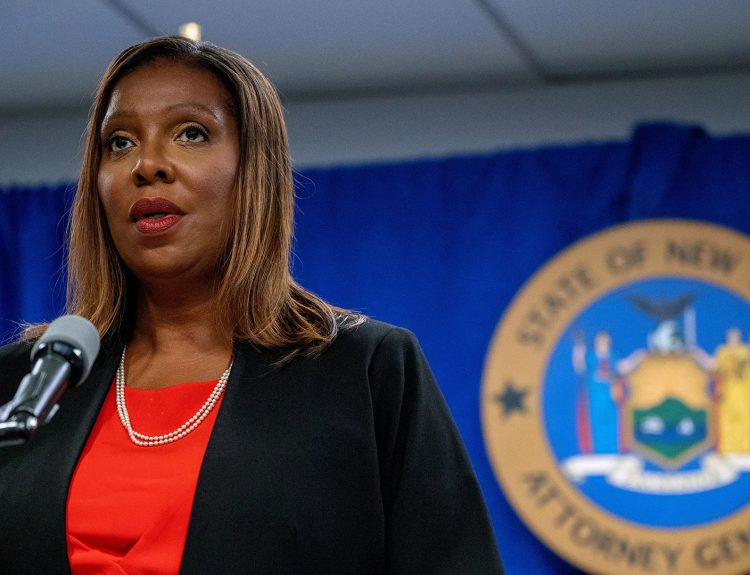Student loan debt has become a crippling burden for millions of Americans, but recent developments in loan forgiveness plans offer a glimmer of hope. As the landscape of student loan relief continues to evolve, it’s crucial to stay informed about the options available to you. In this article, we’ll guide you through the maze of student loan forgiveness, providing you with the information you need to make informed decisions about your financial future.
The Staggering Reality of Student Loan Debt in America
One in five American adults collectively owes more than $1.7 trillion in federal and private student loans. This astronomical figure has led to calls for government intervention, with both the Trump and Biden administrations using emergency powers to ease the financial burden on college graduates. However, navigating the complex web of options, requirements, and deadlines can be a daunting task for borrowers.
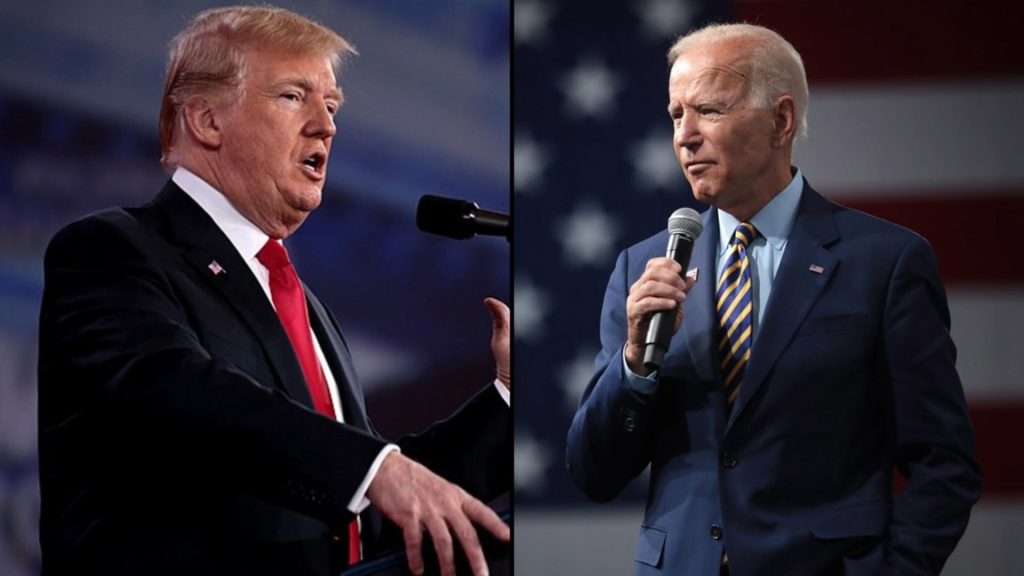
The consequences of mismanaging your student loans can be severe, ranging from long-term damage to your credit score to increased costs when purchasing a home. On the other hand, successfully navigating the loan forgiveness labyrinth can lead to manageable or even zeroed-out monthly payments, freeing up cash and improving your daily financial life. With nearly 93 percent of all student debt being federal, it’s essential to take advantage of the government’s once-in-a-lifetime opportunity.
The Rollercoaster Ride of Biden’s Student Debt Forgiveness Efforts
For the past four years, borrowers have endured a whirlwind of changes and uncertainty surrounding their student loan debt. The pandemic-induced pause on loan repayments and interest, initiated by President Trump in March 2020, was extended several times under the Biden administration. However, the resumption of interest and payments in late 2022 has been far from smooth, with borrowers facing long hold times, processing delays, and inaccurate billing statements.

In August 2022, President Biden announced a sweeping executive action to forgive nearly $400 billion in loans, but the Supreme Court struck down the plan in June 2023. Undeterred, Biden shifted to his “Plan B,” which aims to help roughly 30 million Americans through various forms of relief. This new plan relies on the Higher Education Act and targets specific groups of borrowers, such as those whose loan balances have exceeded the initial amount borrowed due to interest.
The SAVE Plan: A Lifeline for Struggling Borrowers
In the summer of 2023, Biden launched the Saving on a Valuable Education (SAVE) plan, an income-driven repayment program designed to halve or even eliminate monthly payments for borrowers. By calculating payments based on income and family size rather than loan balance, SAVE offers significant relief to those struggling with student debt. Single individuals earning no more than $32,800 and families of four with an annual income of $67,500 can see their monthly payments drop to $0.
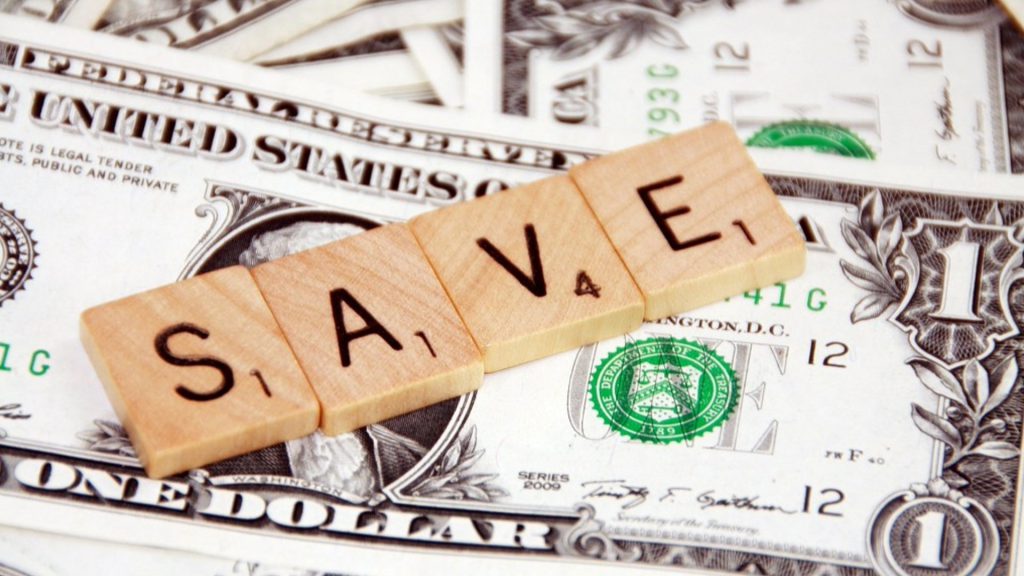
The White House estimates that the typical borrower will save about $12,000 in interest payments and have upwards of 95 percent of their principal forgiven under the SAVE program. Borrowers with loans of $12,000 or less can achieve total loan forgiveness in as few as ten years, while those with higher debt levels can see forgiveness within 20 to 25 years. As of April 12, the Biden administration had already forgiven $7.4 billion worth of student debt for roughly 277,000 borrowers who had been repaying their loans for at least a decade.
Public Service Loan Forgiveness: A Path to Debt Relief for Public Servants
The Public Service Loan Forgiveness (PSLF) program, established in 2007, offers additional options for individuals working full-time for nonprofits or government entities. By making 120 monthly payments over ten years, borrowers in eligible public service jobs can have their remaining federal student debt erased. The Biden administration has implemented reforms to address the program’s previous administrative issues, resulting in 871,000 borrowers receiving $62.5 billion in relief since October 2021.

To enroll in PSLF, borrowers must inform their loan servicers of their intention to apply and choose an income-driven repayment plan. While the process has improved under the Biden administration, some borrowers have still encountered difficulties with loan servicers like MOHELA. Organizations such as the Student Debt Crisis Center offer valuable resources and support for those navigating the PSLF program.
The April 30 Deadline: A Crucial Opportunity for Borrowers
Borrowers with federal loans, including privately held FFEL, Parent PLUS, Perkins, and HEAL loans, have until April 30 to apply for a one-time payment adjustment. This adjustment could lead to the cancellation of their entire debt or receive credits that lower their balances. The process involves consolidating multiple loans into a single bunch and enrolling in a government-run income-driven repayment plan, such as SAVE.
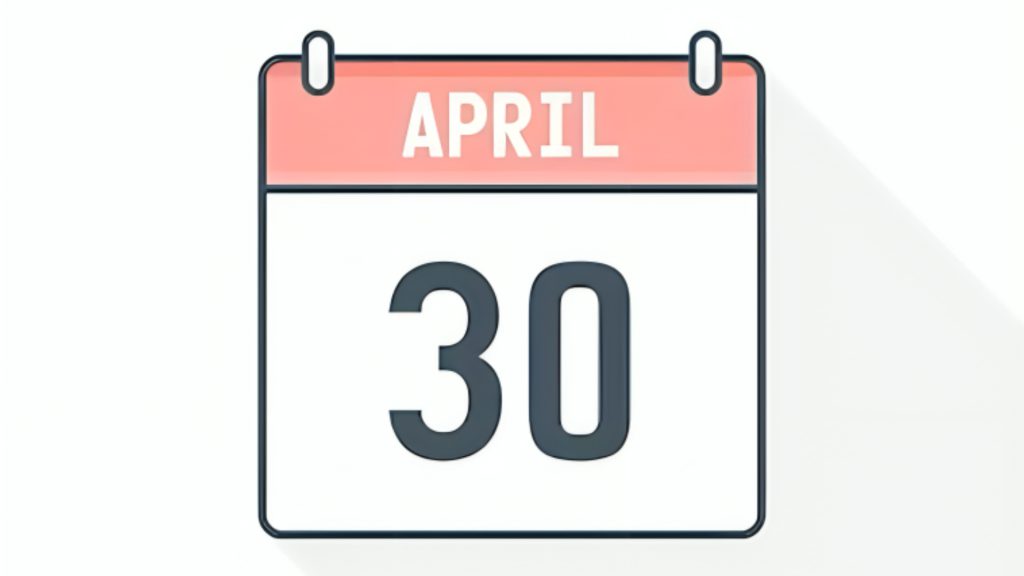
Missing the April 30 deadline could have serious consequences for borrowers, as their payment count towards forgiveness will reset to zero once they get a new consolidated loan. This means they may end up paying off a higher amount over a longer period. To avoid this, borrowers should gather their loan details, set up a Federal Student Aid account, and begin the consolidation process as soon as possible.
Understanding the Implications of Loan Consolidation
While loan consolidation can lead to lower monthly payments and potential loan forgiveness, it’s essential to understand the implications of this process. Consolidating loans may result in a longer repayment period, which could increase the total lifetime interest paid. Additionally, unpaid interest will be added to the consolidated principal balance, and the new consolidation loan will typically carry a new interest rate.
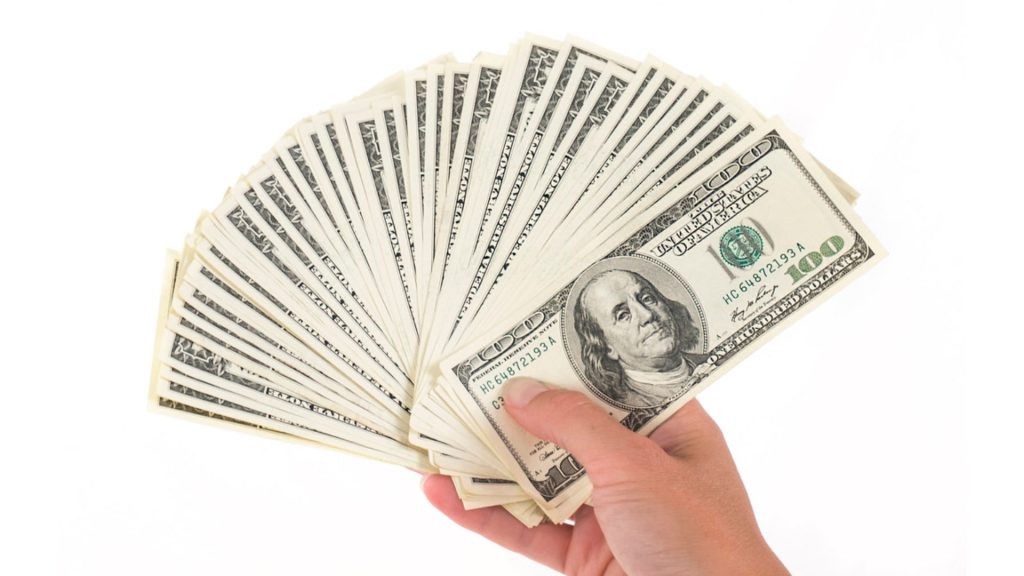
To help borrowers make informed decisions, the government offers a helpful guide on the various implications of loan consolidation. The consolidation process itself is free and can be completed online in less than 30 minutes. Borrowers can save their draft applications and return to them later if needed.
Choosing the Right Income-Driven Repayment Plan
During the loan consolidation process, borrowers will be prompted to choose an income-driven repayment plan for their Direct Consolidation loan. Selecting the right plan depends on several factors, including projected income, family size, and whether a spouse’s student loans are included in the consolidation. The government provides a user-friendly loan simulator that allows borrowers to input their financial data and compare the available options.

It’s important to note that borrowers can change their repayment plans at any time without incurring any costs. This flexibility acknowledges that life circumstances can change, and the government wants to ensure that borrowers can adapt their repayment strategies accordingly. Once the consolidation process is complete, loans are typically disbursed within 60 days, although it may take longer in some cases.
The Potential Impact on Credit Scores
While successfully navigating the student loan forgiveness process can provide significant financial relief, there is one potential downside to consider. Borrowers who completely pay off their student debt may experience a slight dip in their creditworthiness. This is because a closed installment loan, like a student loan, is no longer a line of credit that can boost your credit score through on-time payments.
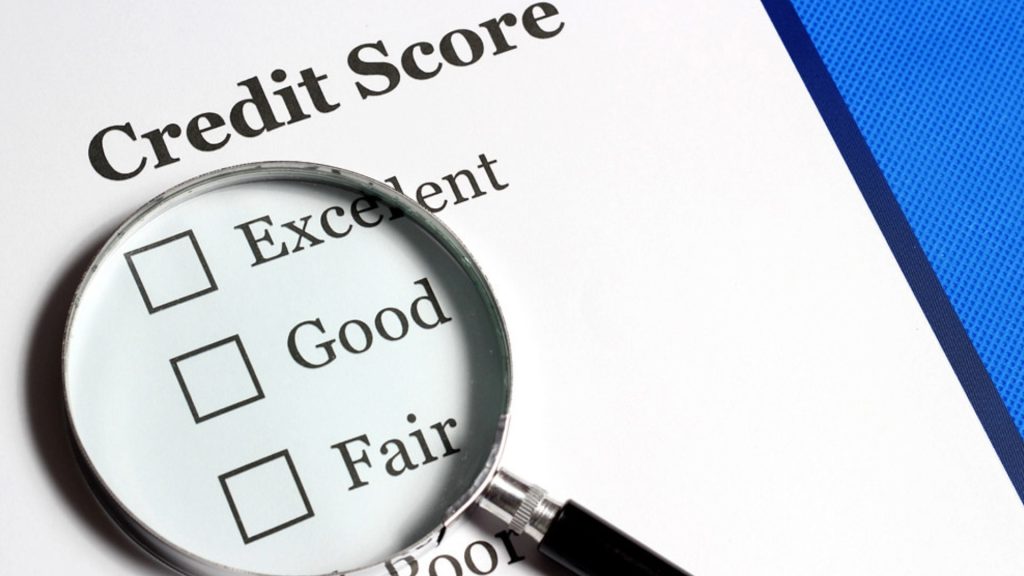
However, the benefits of being free from the burden of student debt often outweigh this minor drawback. With the extra cash flow gained from reduced or eliminated monthly payments, borrowers can focus on other financial goals, such as saving for retirement, purchasing a home, or starting a business.
The Importance of Staying Informed and Seeking Help
As the landscape of student loan forgiveness continues to evolve, borrowers must stay informed about the latest developments and deadlines. Regularly checking the Federal Student Aid website, as well as reputable news sources, can help borrowers stay up-to-date on any changes or new opportunities for relief.
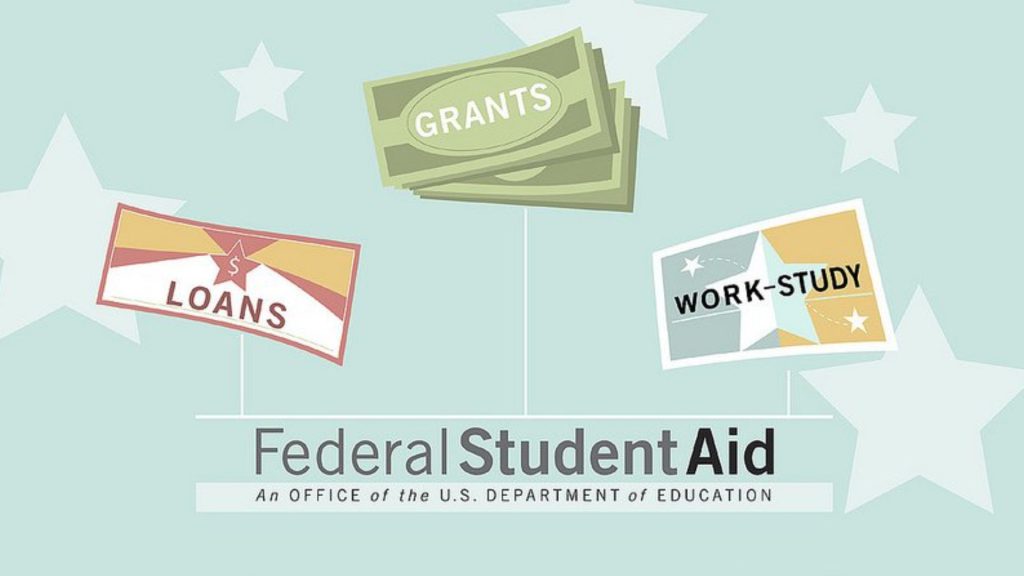
If you find yourself overwhelmed or confused by the various options and requirements, don’t hesitate to seek help. Organizations like the Student Debt Crisis Center offer valuable resources, workshops, and support for borrowers navigating the complex world of student loan forgiveness. Additionally, reaching out to your loan servicer or the Department of Education can provide clarity on your specific situation and the steps you need to take.
The Future of Student Loan Forgiveness
As the Biden administration continues to prioritize student loan relief, we will likely see further developments and initiatives in the coming months and years. While the Supreme Court’s decision to strike down the initial $400 billion forgiveness plan was a setback, the administration remains committed to finding alternative ways to ease the burden on borrowers.

Borrowers need to remain engaged and advocate for their interests, as the decisions made by policymakers can have a profound impact on their financial futures. By staying informed, taking advantage of available relief programs, and making their voices heard, borrowers can play an active role in shaping the future of student loan forgiveness.
The Broader Implications of Student Loan Debt
The student loan debt crisis has far-reaching implications beyond the individual borrower. High levels of student debt can have a ripple effect on the economy, as borrowers may delay major life milestones such as buying a home, getting married, or starting a family. This, in turn, can lead to reduced consumer spending and slower economic growth.

Moreover, the burden of student debt disproportionately affects certain demographics, such as low-income individuals, people of color, and first-generation college students. Addressing the student loan crisis is not only a matter of individual financial relief but also a question of social and economic justice.
The Role of Higher Education in the Student Debt Crisis
While student loan forgiveness programs provide much-needed relief for borrowers, it’s important to recognize that they are a symptom of a larger issue: the rising cost of higher education. In recent decades, the price of attending college has skyrocketed, far outpacing inflation and wage growth. This has led to a situation where many students have no choice but to take on significant debt to pursue their educational goals.

To truly address the student debt crisis, policymakers, and educational institutions must work together to find ways to make higher education more affordable and accessible. This may involve increased funding for public universities, reforms to the student loan system, and initiatives to promote alternative pathways to career success, such as apprenticeships and vocational training.
The Power of Financial Literacy
Navigating the complex world of student loan forgiveness can be a daunting task, but it also highlights the importance of financial literacy. By educating themselves about the various options and requirements, borrowers can make informed decisions that will have a lasting impact on their financial well-being.
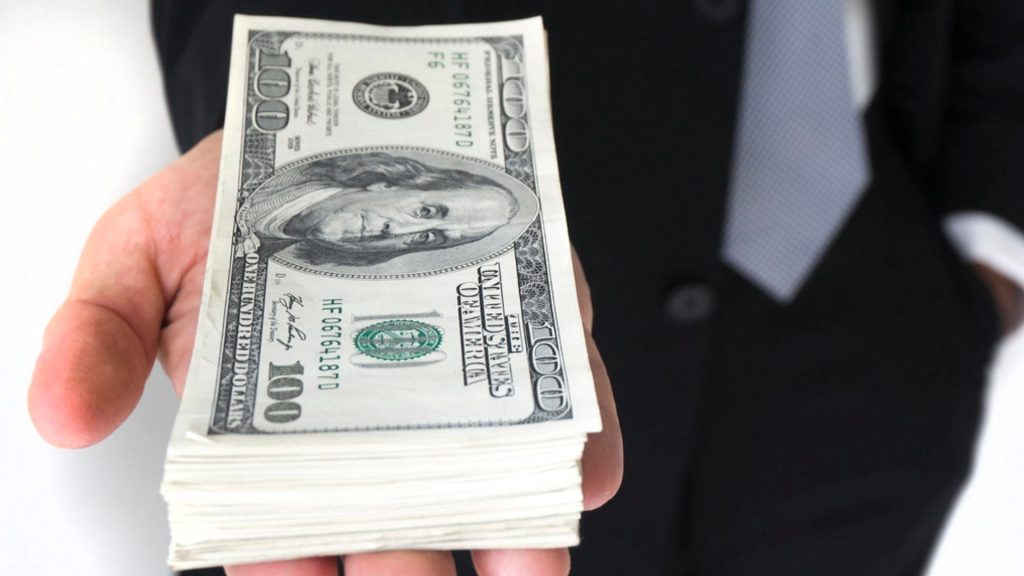
Beyond student loans, financial literacy encompasses a wide range of topics, from budgeting and saving to investing and retirement planning. By prioritizing financial education, both in schools and in the wider community, we can empower individuals to take control of their financial futures and make sound decisions that will benefit them in the long run.





